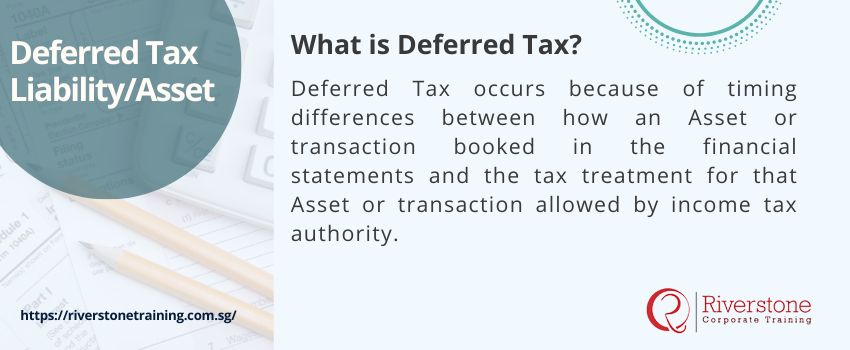
What is Deferred Tax?
- Deferred Tax occurs because of timing differences between how an Asset or transaction booked in the financial statements and the tax treatment for that Asset or transaction allowed by income tax authority. It’s not always a liability on the company’s Balance Sheet but can be an Asset too
How is Deferred Tax calculated?
There are different sorts of transaction which result in a Deferred Tax calculation.
The most common of these relate to Capital Allowances;
- A business purchases a new van for £20,000.
- The depreciation charge for this might be to write the van off over five years on a Straight Line or Reducing Balance method.
- However, the tax treatment allowed is different. The company can, if it chooses to, claim 100% of a qualifying asset for Capital Allowances purposes in the tax year of purchase.
- There is a mismatch between the cash and the accounting implications of this transaction. The tax advantage gained in this instance – if we assume a Corporation Tax rate of 17% – is US 20,000*17% = US 3,400.
- The business has chosen an accelerated form of tax write down. However, the accounts require tax benefits over the life of the use of the Asset. Therefore, the US 3,400 becomes a liability on the Balance Sheet to be written off over the 5-year life of the van.
Other situations that would trigger a Deferred Tax calculation include the revaluation of Fixed Assets or Investment properties
- The most common form of Deferred Tax Asset is the carry forward of a loss in the business, which used against future profits of the company. In this instance, if the business has a loss of US 5,000 in year one and a taxable profit of US 5,000 in year 2, they will pay no tax in year one.
However, because they can carry forward this loss, it gets set against the profit in year 2 for tax purposes. This results in a nil taxable profit in year 2. In year one, the Deferred Tax asset is US 5,000 * 17% = US 850, which is the amount of the potential tax saving in year 2.
Some accounting rules only allow for the carry forward, and the Deferred Tax assets to be recognized if it is likely that there will be a taxable profit.
In their words; ‘Unrelieved tax losses and other deferred tax assets shall be recognized only to the extent that it is probable that they will be recovered against the reversal of deferred tax liabilities or other future taxable profits.’
Conclusion:
It is useful to know the situations in Deferred Tax arises, particularly if you are valuing a company. For example, unused losses carried forward have a value to a potential buyer of a company if they can return the business to profitability.


